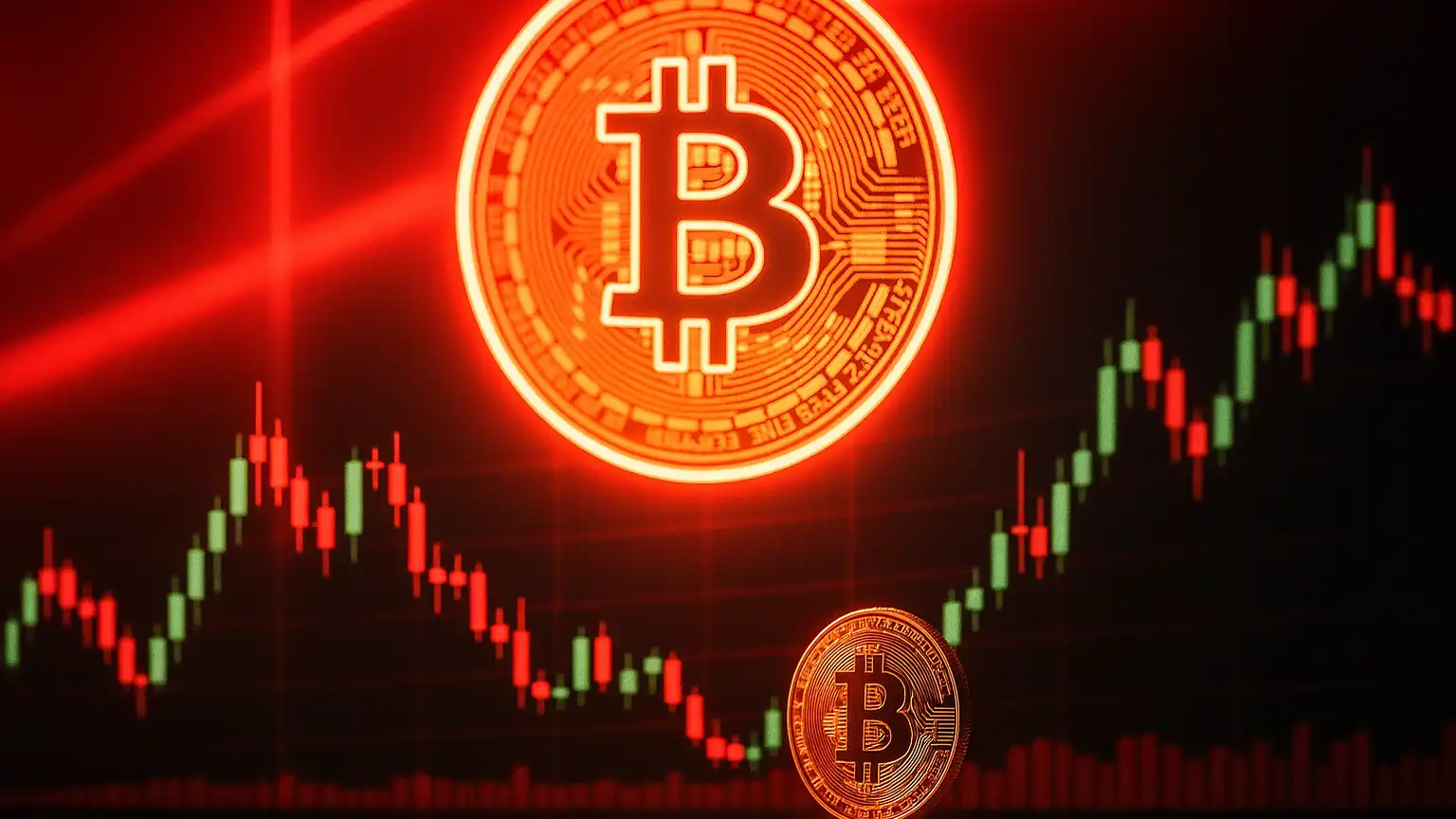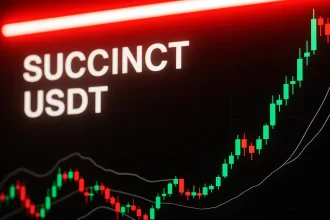The cryptocurrency market has recently exhibited a complex interplay of bullish and bearish signals, leaving investors and analysts striving to decipher the prevailing sentiment. As of early August 2025, the market’s trajectory is influenced by a confluence of macroeconomic policies, regulatory developments, and intrinsic market dynamics.
Macroeconomic Influences and Regulatory Developments
The Federal Reserve’s decision in July 2025 to maintain interest rates at 4.25–4.5% has introduced a layer of uncertainty into the financial markets. Fed Chair Jerome Powell’s cautious stance, emphasizing a data-dependent approach amidst inflation concerns and the impact of new tariff policies, has left investors in a state of anticipation. This monetary policy stance has historically had a ripple effect on risk assets, including cryptocurrencies, as higher interest rates can diminish the appeal of non-yielding assets like Bitcoin.
Simultaneously, the U.S. government’s proactive steps toward cryptocurrency regulation have added another dimension to market sentiment. The establishment of a Strategic Bitcoin Reserve, as per the executive order signed by President Donald Trump in March 2025, signifies a significant shift in recognizing Bitcoin as a national reserve asset. This move could be interpreted as a bullish signal, indicating governmental endorsement and potential stabilization of the crypto market. However, the broader implications of such a reserve, including its impact on market liquidity and price volatility, remain subjects of debate among economists and market participants.
Market Performance and Investor Behavior
In July 2025, the cryptocurrency market capitalization experienced a notable increase of 6.1%, reflecting a period of growth and investor optimism. This upward trend was supported by encouraging earnings reports from major tech firms, suggesting a broader economic recovery that positively influenced risk assets. However, the onset of August brought heightened volatility, with the market capitalization declining by over 25% in early August, only to recover partially thereafter. Such fluctuations underscore the market’s sensitivity to macroeconomic indicators and investor sentiment.
Bitcoin, the flagship cryptocurrency, has mirrored this volatility. After surpassing the $100,000 milestone in late 2024, Bitcoin’s price has experienced significant swings, influenced by factors such as institutional investment trends, regulatory developments, and macroeconomic policies. As of August 5, 2025, Bitcoin is trading at approximately $113,982, reflecting a slight decrease from the previous close. This price movement indicates a cautious market sentiment, with investors closely monitoring external factors that could influence Bitcoin’s trajectory.
Altcoin Movements and Sector-Specific Developments
Altcoins have exhibited varied performances, reflecting the diverse factors influencing different segments of the cryptocurrency market. Ethereum, for instance, has seen its price fluctuate in response to ETF inflows and outflows, with recent data indicating a 2.77% drop to $3,416.33 amid ETF outflows. Despite this, whale accumulation suggests potential upside, with some analysts maintaining a $4,900 price target for Ethereum.
Solana has also garnered attention, with its price briefly breaking above $200 in July, driven by increased on-chain activity and growing interest in its ecosystem. Analysts are closely watching the $185–$200 range, with expectations that maintaining this zone could set a solid base for further upward movement toward the $220–$240 range in the near term.
Conclusion
The current cryptocurrency market sentiment is a tapestry woven from bullish and bearish threads. While regulatory advancements and institutional endorsements provide a foundation for optimism, macroeconomic uncertainties and market volatility inject caution into the investor psyche. The interplay between these factors suggests a market in flux, with sentiment oscillating between cautious optimism and guarded pessimism. Investors are advised to stay informed and consider both macroeconomic indicators and sector-specific developments when making investment decisions in this dynamic landscape.






